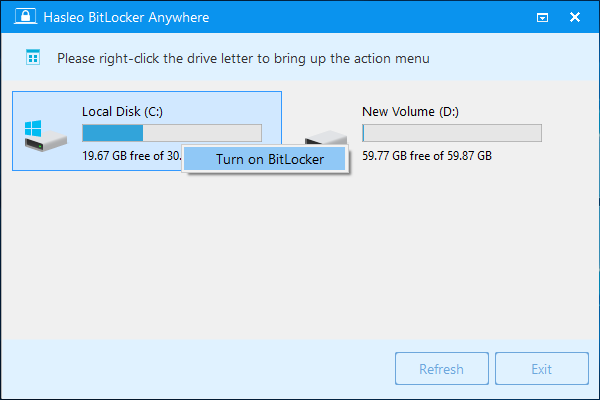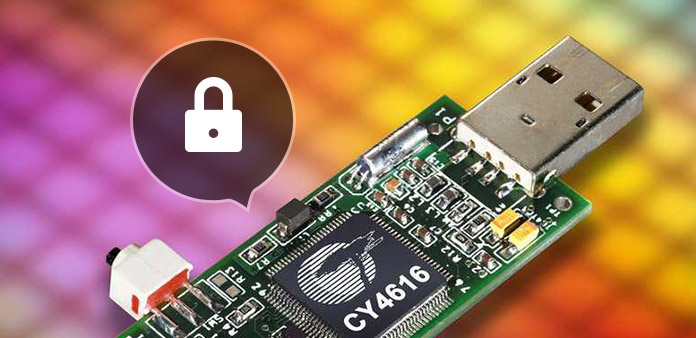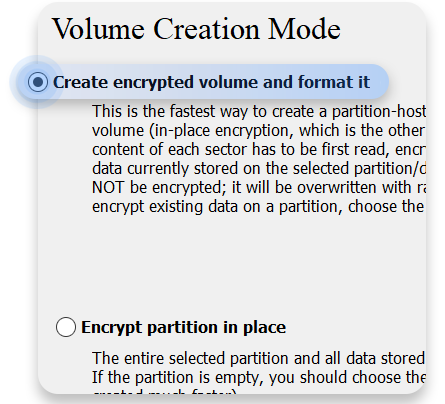

That is to say, if you want to use the BitLocker encryption feature on Windows 10 Home, you need to upgrade from Home to Pro first. However, it is restricted to Windows 10/11 Pro, Enterprise, or Education version. Like BitLocker, the BitLocker To Go can also easily encrypt a removable drive and prevent unauthorized access without the password or recovery key. How to Use BitLocker To Go to Encrypt Your USB DriveīitLocker To Go is an effective drive encryption feature that is mainly used to protect your data stored on removable data drives, including USB flash drives, SD cards, External hard disk drives, and other portable drives formatted by NTFS, FAT16/FAT32, or exFAT file system.What’s the Difference Between BitLocker and BitLocker To Go.In this post, MiniTool will analyze the difference between BitLocker and BitLocker To Go and show you how to use it. Click that link for more details.Do you want to encrypt your removable storage drives? BitLocker To Go can help you do that easily. If you are looking for something more, VeraCrypt is another method. If you don’t want to lose any data on the USB drive, you can contact the iSumsoft support team to help you safely remove your encryption password.įinally, while iSumsoft USBCode is a great way to encrypt USB drives without BitLocker on Windows 10/11, it’s not the only way.

It’s worth noting that if you forget the password to encrypt your USB drive, you can’t recover it and all you can do is format the USB drive to remove the encryption. The tool uses powerful encryption techniques to make USB encryption process more secure. While the way it works is fundamentally different from the way BitLocker works, the tool is completely effective and reliable. If you are looking for a way to password-protect your USB drive on Windows 10 without using BitLocker, iSumsoft USBCode is a good option.

Once the USB drive is unlocked, it is mapped to a new drive, showing all your encrypted files.


 0 kommentar(er)
0 kommentar(er)
